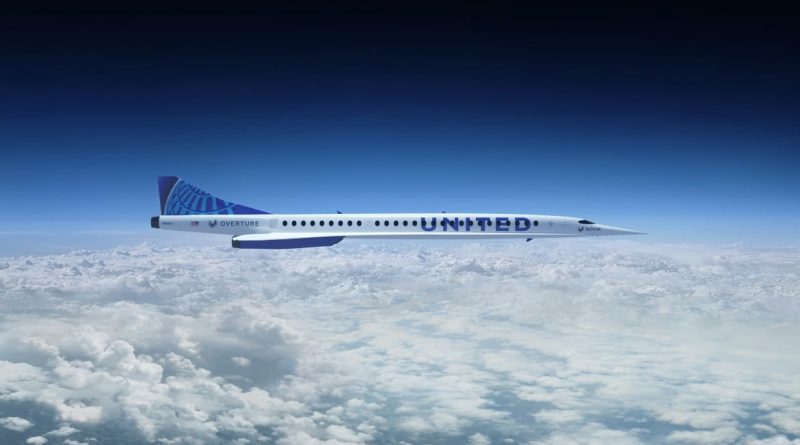The Global Elite Just Got Another Way to Leave the Rest of Us Behind
The way the global elite will fly in a post-pandemic world is getting a lot clearer with the decision by United Airlines to buy a fleet of supersonic jets.
The demand to fly faster—a lot faster—has been frustrated since the needle-nosed Anglo-French Concorde was grounded after a crash in 2000 that killed 113 people.
Load Error
Now United have shaken up the airline industry by taking the “first mover” initiative and backing an American hot ship being developed by a Denver start-up, Boom Supersonic.
Boom’s jet will be faster than Concorde, with a cruise speed of around 1,600 mph (Concorde’s was 1,300 mph). That means it can nip across the pond from New York to London in little over three hours or, more significantly, fly from Los Angeles to Sydney in eight hours and 30 minutes instead of 14 hours and 30 minutes at subsonic speeds.
The audacity of this decision is astonishing, since it leaves the world duopoly of Boeing and Airbus out of a game-changing leap that will appeal to a group of people—the rich, the famous and the powerful—that airlines have been steadily losing as customers, and more so because of the pandemic.
Before the pandemic it was already clear that these people were keen to escape the proletarian miseries of international travel, especially hub airports. And they had been basically helping to pay for others to fly cheaply in coach by paying a huge premium for a seat in a first class cabin.
So, instead, they had been turning to private jets, either corporately owned, privately owned or with seats bought on a time-share system. (More than 70 percent of the private jet market is in the U.S., and demand is already back to pre-pandemic levels.)
According to the airline data analysts OAG there was a 45 percent drop in worldwide demand for first class between 2010 and 2019. Some of this was due to passengers switching from first to business class with the arrival of the flat-bed seats, but at the top end the drain to “personalized” jets was significant.
A big effect of this migration has been significant upgrades to corporate jets.
Nothing exhibits the opulence of these jets more than the latest one to be unveiled, the Falcon 10X from the French company Dassault. This has the widest and tallest cabin yet offered in a corporate jet and comes with a master suite of bedroom and bathroom, with shower, cinema, and dining area. Depending on the fittings, the sticker price is $75m.
Perhaps more to the point for time-strapped executives, the 10X can fly nonstop from New York to Shanghai or Los Angeles to Sydney.
But this is where United’s supersonic choice shows its chops: by cutting at least six hours from those flight times.
So why are there no supersonic business jets? Several have been in development, but none has found a business model that worked. Only last week one of the most promising, the Reno, Nevada-based Aerion AS2, was suddenly axed, even after attracting orders worth more than $11 billion.
So the two choices for the world elite are top-end corporate subsonic or airline supersonic. And they have both been made more relevant by another consequence of the pandemic, which has hit the highest end of first class cabins.
The super-jumbo Airbus A380 has been rendered more or less obsolete because there is no longer a demand for 500 or more seats on long haul routes. At the front end of the A380 luxury reigned. For example, Etihad Airlines, the Gulf carrier, topped the lot with its so-called Residences, three-room suites with “butler” service that could each cost more than $30,000 for a round trip. They are now grounded, along with the A380.
There’s also another aspect of the United decision that is historically resonant for America. The airline says it will be closely involved in the jet’s development.
Some of the greatest leaps in commercial aviation were made here, giving us world dominance, when pioneering airlines worked closely with the plane makers. The greatest of all pre-war airliners, the Douglas DC-3, came into existence because of the vision and involvement of American Airlines in its development. Post-war, the imperious head of Pan American Airlines, Juan Trippe, rode shotgun on the design of every airplane he bought, most consequentially by assisting the birth of the Boeing 747 jumbo.
The economics of that one jet put world travel within the reach of millions for the first time. Ironically, the Boom supersonic jet is flying at an entirely different altitude, catering for a far more exclusive group, who want to leave mass travel for ever.
Read more at The Daily Beast.
Source: Read Full Article




